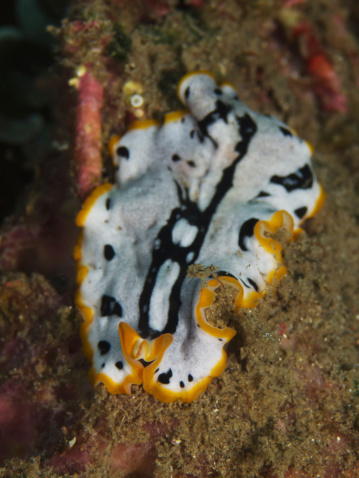Phylum Platyhelminthes is the flatworm phylum and phylum Nematoda is the roundworm phylum. Both the Platyhelminthes and Nematoda phyla are very similar in that they are the simplest of all worms. They have very simple organ systems, and like Annelids, are bilaterally symmetrical. Flatworms and roundworms differ from Annelids in that they both lack true coeloms. Annelids are also quite complex because of the way their bodies are organized.
While most Annelids are free-living animals, most flatworms and roundworms are parasites, depending on other animal hosts to survive. Click each of the images below to learn more about the characteristics of flatworms and roundworms.
Jot down an answer to each of these questions--or say the answer to yourself--before clicking the question to check your understanding of worm phyla.
| How do Annelids differ from roundworms and flatworms? | Annelids are much more complex than flatworms and roundworms in that Annelids have true organ systems, complex organization (segmentation), and a coelom (body cavity). Most Annelids are free living. |
| How are animals in phyla Platyhelminthes and Nematoda similar? | Flatworms (Platyhelminthes) and roundworms (Nematoda) are the simplest of worms and are mostly parasitic. |
| How do flatworms differ from roundworms? | Flatworms are the simplest of all worms in that they have no respiratory nor circulatory systems. Roundworms have a circulatory system and a primitive respiratory system. |
| How do flatworms differ in shape from the other two phyla of worms? | Flatworms have a ribbon-shaped body while both Annelids and roundworms are cylindrically shaped. |

![By Joel Mills (Own work) [GFDL (http://www.gnu.org/copyleft/fdl.html), CC-BY-SA-3.0 (http://creativecommons.org/licenses/by-sa/3.0/) or CC-BY-SA-2.5-2.0-1.0 (http://creativecommons.org/licenses/by-sa/2.5-2.0-1.0)], via Wikimedia Commons](https://s3.amazonaws.com/cms.accelerate-ed.com/image/b163498e-7745-4d12-b93e-f9a2fca64528.jpg)
